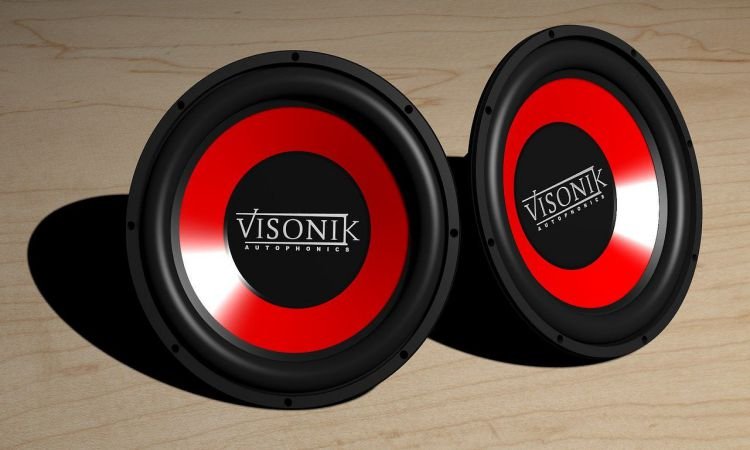 Analysts predict that the speaker market will grow by over $28 billion in the next 4 years. Smart speakers and custom audio systems have largely contributed to increased sales recently.
Analysts predict that the speaker market will grow by over $28 billion in the next 4 years. Smart speakers and custom audio systems have largely contributed to increased sales recently.
It’s important to understand how speakers work if you’re building a custom system. However, it’s helpful to build your audiophile vocabulary first. Is understanding speakers difficult because you don’t know the terminology?
The following guide will help define audiophile terms so you can finally make sense of how sound systems work. Read on to learn all the slang and you’ll talk like an audiophile in no time!
Define Audiophile
Before we get into the terms, you might be wondering what an audiophile even is. An audiophile is someone who geeks out over high-fidelity sound reproduction.
They usually work to reproduce sounds from live music performances or studios. But they recreate these professional sounds right in their own homes. Visit bigjeffaudio.com for examples of products used by audiophiles.
Headphones vs Earphones
Headphones are head-mounted speakers that you wear on top of your ears or over your ears. Earphones are miniature speakers that you wear inside of your ears. An earphone is sometimes called an In-Ear Monitor (IEM).
Frequency Response
Frequency response measures the volume that headphones or earphones reproduce audible sound spectrum parts. It might also refer to the maximum and minimum frequency that a headphone or earphone can create.
Driver
A driver is a speaker inside of the headphone or earphones. There are several different kinds of drivers with unique sizes, qualities, and materials.
Impedance
Impedance measures how hard it is to power a driver. Higher impedance requires more power to generate optimal quality and volume from a driver.
Soundstage and Sound Signature
A soundstage represents the 3D sound space made by drivers. A wide soundstage lets listeners identify different positions for sounds. It helps make reproduced sounds so that they’re more realistic.
A sound signature refers to the sound of a driver determined by its frequency response.
Dynamic Driver
Dynamic drivers are the most common kind of driver available. They’re intended to cover most of the audible sound spectrum. Dynamic rivers are often large and less balanced than more expensive drivers.
Digital to Analog Converter
DACs are devices that turn digital audio into analog signals for speakers and headphones to use. Typically, audiophiles need DACs to maximize the function of high-quality earphones and headphones.
Amp
Amp is short for amplifier and they strengthen (amplify) the signal that they receive. It’s a crucial component of earphones and headphones that use high-impedance drivers or big speaker arrays.
Decibels
A decibel (dB) is the measurement of a particular sound’s magnitude. In other words, it represents how loud a sound is.
Ready to Use Some Audiophile Slang?
Now you can define audiophile slang commonly used to explain speaker parts and other products. Once you master these basic terms there are even more waiting to join your vocabulary!
Check out our tech section for more helpful tips and amazing information.




